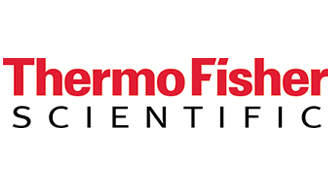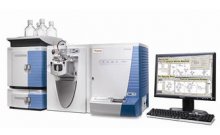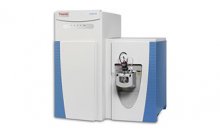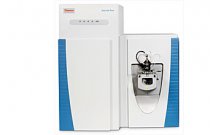电喷雾检测器验证分析方法
摘要:
This work evaluates data reported in several peerreviewed publications as well as detailing the validation of an HPLC-UV-CAD method developed for the simultaneous analysis of an active pharmaceutical ingredient (API) and its counterion recovered from a final dose tablet.
Naproxen tablets were treated with a dissolution matrix of Tween® 80/formic acid/DI water for 4 h with periodic sampling. The HPLC method used a dual-gradient pumping system with two C18 columns in tandem for sample clean up. A mixed-mode column was then used for the retention and analysis of both the API (naproxen) and the counterion (sodium). The final method took 15 min per injection and allowed for complete flush and reconditioning of the analytical column.
The method was able to resolve the sodium and naproxen in less than 5 min. The quantification of the sodium counterion was measured using Thermo Scientific Dionex Corona™ CAD™ Charged Aerosol Detector, and the naproxen was measured using UV at 254 nm. A bracketed standard with multiple injection sequence was used to improve accuracy and intermediate precision. The observed limits of detection (LOD) for analytes were ~2 ng on column for both detection techniques. The acceptance criteria for accuracy of 100±1% for the API by UV and 100±3% for the counterion by charged aerosol detection were met for the suitability standards. The reproducibility specification for multiple injections of < 3% RSD was met for all samples. The intermediate precision over the seven-day study was also within the acceptance criteria set. Validating Analytical Methods with Charged Aerosol Detection Christopher Crafts, Bruce Bailey, Marc Plante, and Ian Acworth Thermo Fisher Scientific, Chelmsford, MA, USA
As the need for universal detectors increases in regulated environments, the design of experiments specific to nebulizer-based detector platforms becomes more important. As shown in this work, a more complex analytical system was able to remove matrix effects, significantly decrease run time, and maintain the needed reproducibility. This savings in time enabled the replicate injections needed to create a robust and accurate method. The use of mixed detection platforms should be encouraged if a multicomponent analysis is required, where universal detection is needed for some but not all of the analytes.
仪器:Thermo Scientific Dionex UltiMate™ 3000 RSLC




